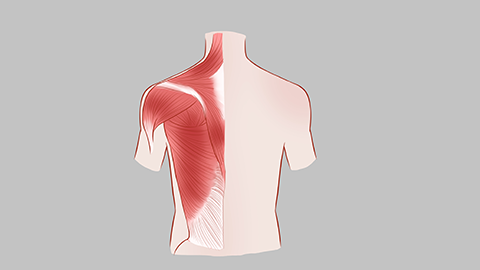What to do about muscle dysfunction caused by cerebral infarction
Generally, the main treatments for muscle dysfunction caused by cerebral infarction include rehabilitation training, physical therapy, medication, traditional Chinese medicine (TCM), and daily care. A detailed analysis is as follows:
1. Rehabilitation Training
Targeted exercises can improve muscle strength and coordination. Common methods include active and passive training. Active training involves limb elevation and joint flexion/extension, allowing patients to perform movements independently within their capabilities to enhance muscle strength. Passive training requires family members or healthcare staff to assist in moving paralyzed limbs to prevent muscle atrophy and joint stiffness. Training should progress gradually, starting with simple movements and increasing in difficulty to avoid excessive fatigue.

2. Physical Therapy
Physical methods are used to stimulate muscles and nerves to promote functional recovery. Common techniques include low-frequency pulse electrotherapy and ultrasound therapy. Low-frequency pulse electrotherapy uses electrical currents to stimulate muscle contractions and maintain muscle activity. Ultrasound therapy improves local blood circulation, reduces muscle edema and adhesions, and alleviates muscle stiffness. Treatment parameters should be adjusted according to the patient's tolerance.
3. Medication
Medications may be prescribed to address muscle dysfunction after cerebral infarction. Patients can take drugs such as Cytidine Diphosphate Choline Sodium Capsules, Mecobalamin Tablets, and Baclofen Tablets under medical guidance. Cytidine Diphosphate Choline Sodium Capsules promote brain metabolism and nerve repair. Mecobalamin Tablets nourish nerves and aid in nerve signal transmission. Baclofen Tablets relieve muscle spasms and improve limb mobility and must be used strictly as directed by a physician.
4. Traditional Chinese Medicine (TCM)
According to TCM theory, muscle dysfunction after cerebral infarction is related to blocked meridians and deficiency of qi and blood. Treatment often involves Chinese herbs that promote blood circulation, remove blood stasis, and invigorate qi to restore circulation. Acupuncture can stimulate specific acupoints, such as Quchi (LI11) and Zusanli (ST36), to regulate qi and blood flow, unblock meridians, and promote muscle function recovery. Acupuncture should be performed by a qualified physician.
5. Daily Care
Proper daily care helps prevent complications and supports muscle function recovery. Regularly turn and massage the patient to avoid pressure ulcers caused by prolonged pressure. Keep paralyzed limbs in functional positions—for example, the hand in a fist-like position and the legs slightly bent—to prevent joint deformities. Encourage patients to eat and dress independently to exercise muscle function in daily life. Ensure balanced nutrition with adequate protein and vitamins to provide nutrients for muscle repair.
In addition, patients should follow medical advice for regular follow-up during treatment and adjust the treatment plan according to recovery progress. Family members should provide encouragement and support to help patients build confidence in rehabilitation. If symptoms such as worsening muscle spasms or limb swelling occur, seek medical attention promptly to adjust the treatment plan and avoid delays in recovery.








